In Part 1 “The Sword of Orion and the Stones of Orkney: A Celestial Code in the Earth”, we proposed that the central monuments of Neolithic Orkney —the Stones of Stenness, the Ring of Brodgar, and the Bookan Chambered Cairn — may have been laid out in a deliberate pattern that reflects the celestial Belt of Orion. Now, we turn to another towering mystery off the western coast of Hoy: the sea stack known as the Old Man of Hoy.
Today, this striking pillar of red sandstone stands over 137 meters tall and is often assumed to be a recent geological feature. But could it conceal a deeper human story?
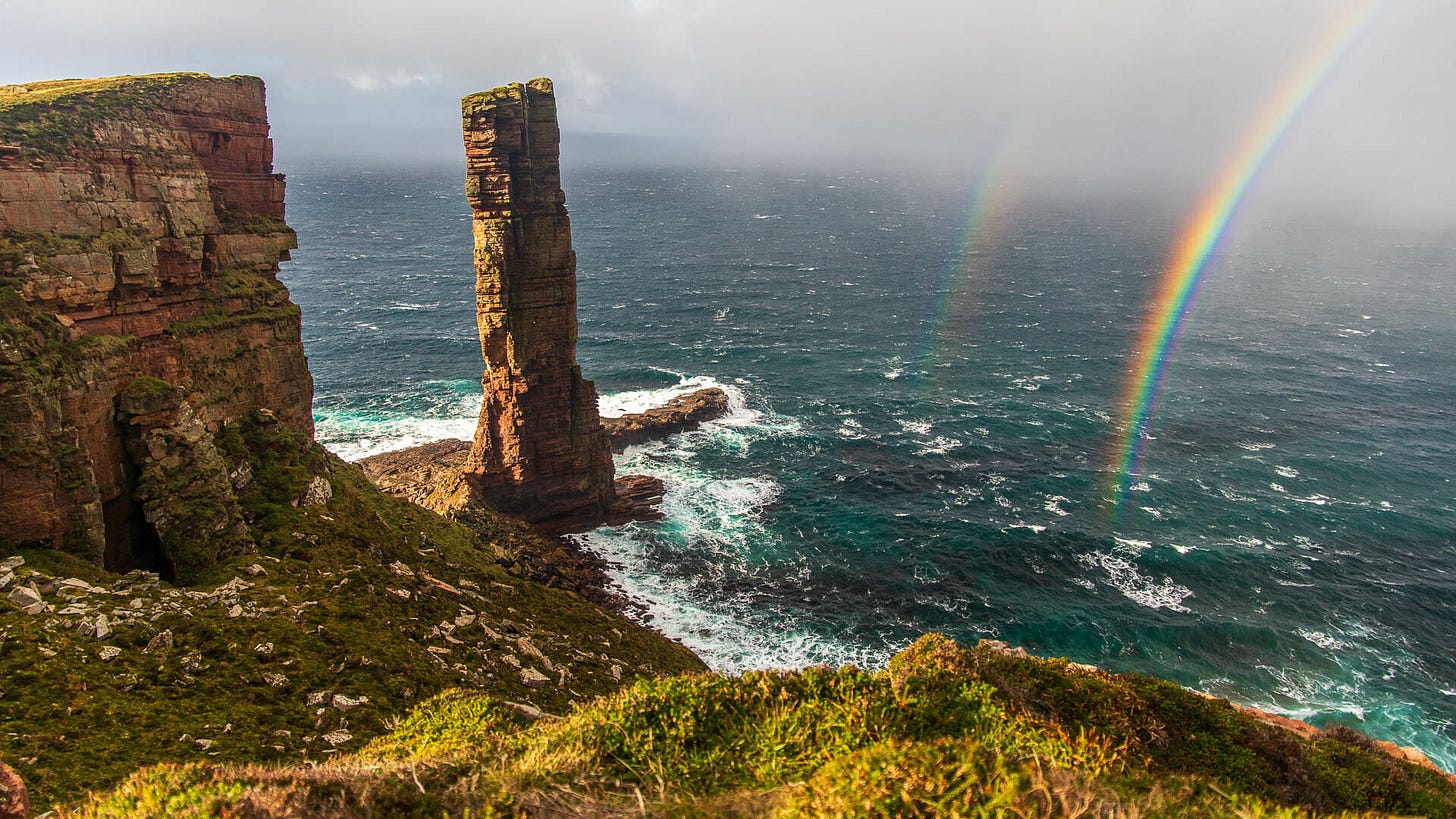
Using Stellarium, a free astronomical simulation tool, we recreated the sky over Orkney on the night of the midwinter solstice sunset in 3935 BC, a date likely significant to the flourishing of Neolithic culture in the region. From the location of the Ring of Brodgar, we drew a line pointing southwest at an azimuth of 222°, a direction that passes through Hoy and remarkably terminates at the base of the Old Man of Hoy.

Projecting this same azimuth into the ancient sky reveals that it pointed directly at Alnilam, the central and brightest star in Orion’s Belt. Alnilam, a blue-white supergiant located 1,300 light-years away, would have been resplendent in the southern winter sky. At the moment, it was descending and setting at azimuth 222° on that solstice night, suggesting intentionality: the Ring of Brodgar may have been aligned not only to the terrestrial landscape but also to this luminous celestial feature.
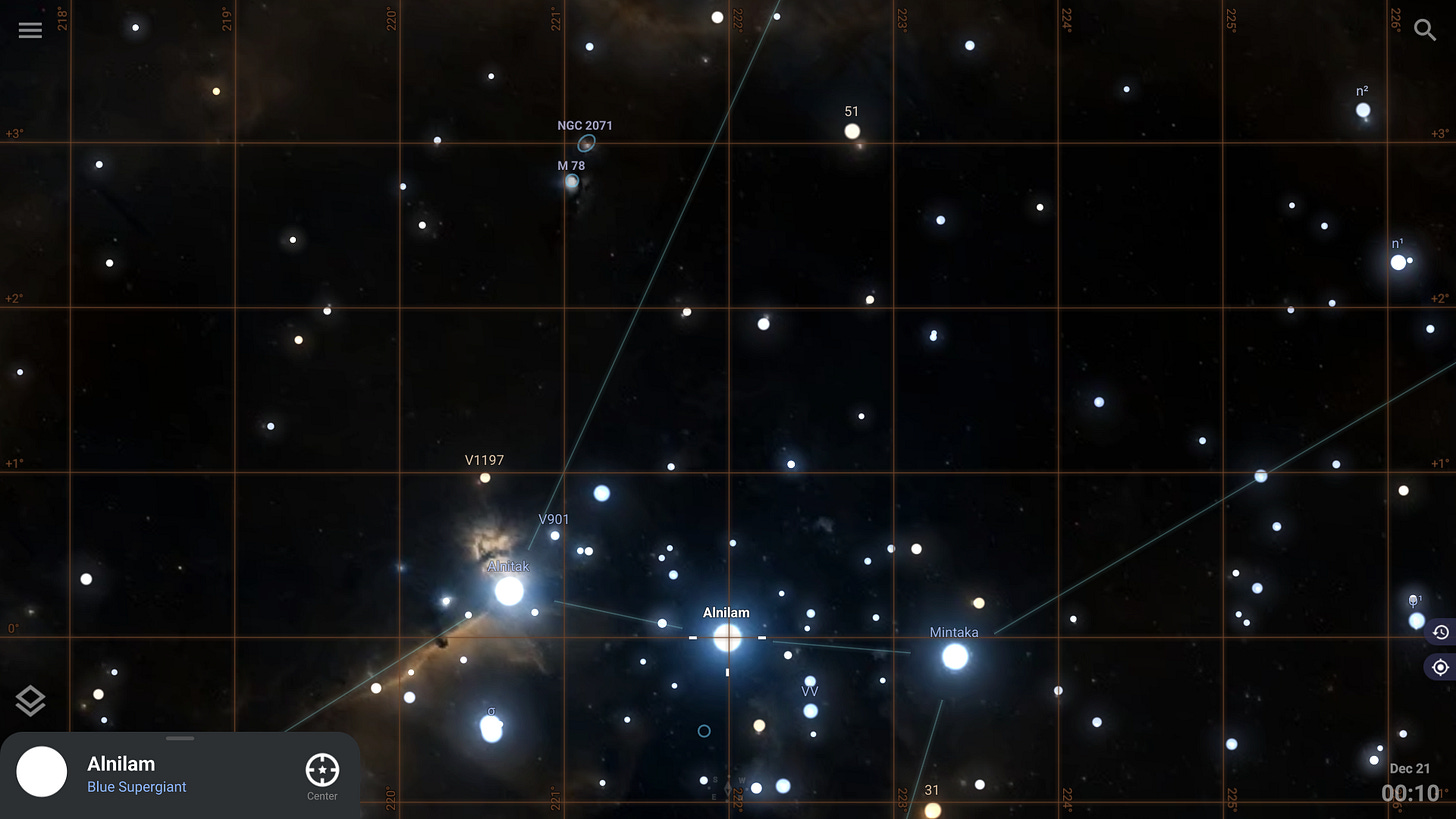
Could the Old Man of Hoy have been shaped, at least in part, by human hands? Its striking verticality, isolated presence, and precise placement on a celestial alignment line raise the possibility. We must not underestimate the architectural ambition of the Neolithic world. If engineers could design Maeshowe to catch the solstice sun within a narrow corridor of stone, why could they not similarly align Brodgar and Hoy, this time pointing not toward the Sun, but toward the stars?
Did the Old Man of Hoy emerge from the wild basalt cliffs, later touched gently by human hands to smooth and sanctify it? Or was it born in deliberate grandeur—a sculpture carved to last forever in stone? More than rock, the Old Man towers alone and silent above the restless Monster Sea, its weathered, human-like face gazing down like an ancient sentinel from a forgotten world. Its shape feels almost uncanny—less a product of chance and more a story waiting patiently to be told. Is it the memory of those original men who marked the sky upon the earth? Maybe the Old Man himself is both a gift of nature and a quiet commemoration—a carved tribute to a world now long vanished, standing sentinel at the edge of the world through the years.
In ancient traditions, the sword rarely stands alone as a weapon; it symbolizes truth, revelation, and divine order, all themes that architects and cosmologists echo in the architecture and cosmology of Neolithic ceremonial sites. Orion’s sword, descending from the Belt, cuts through the heavens. On Earth, its alignment stretches across Orkney, from Brodgar to Hoy.
Perhaps the builders of these sites viewed Orion not just as a constellation, but as a celestial code — a figure descending into time, inscribed into the land itself.
All of my work is freely shared from the heart, guided by a deep commitment to truth, insight, and inspiration. If you’ve found value in what I create and feel called to support this ongoing journey, consider becoming a paid subscriber. Your support helps sustain the time, energy, and dedication it takes to keep this work alive and thriving. Every contribution makes a difference. Thank you for walking this path with me.








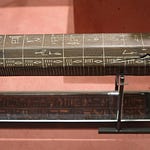
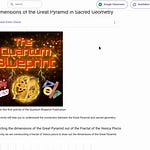
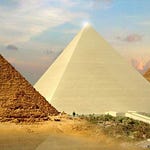

Share this post